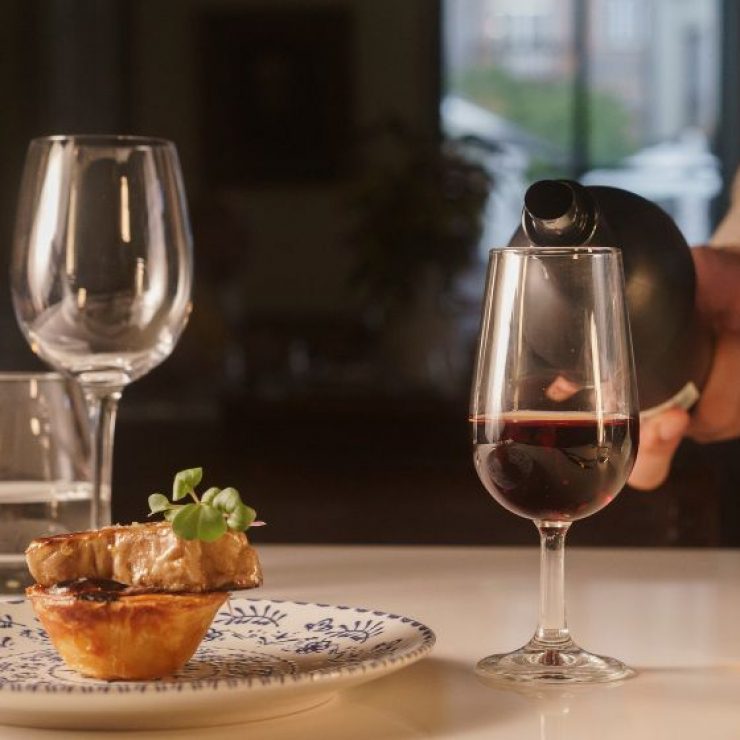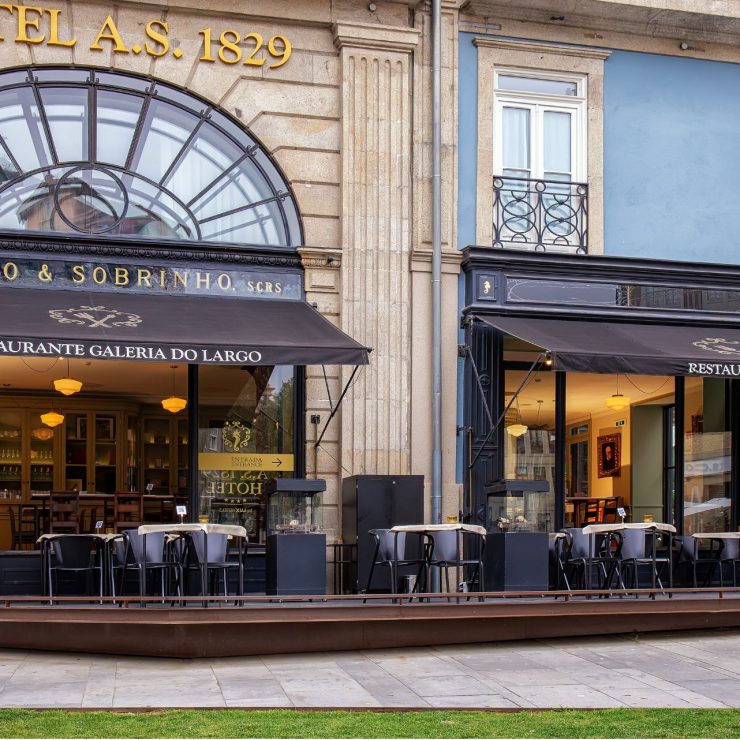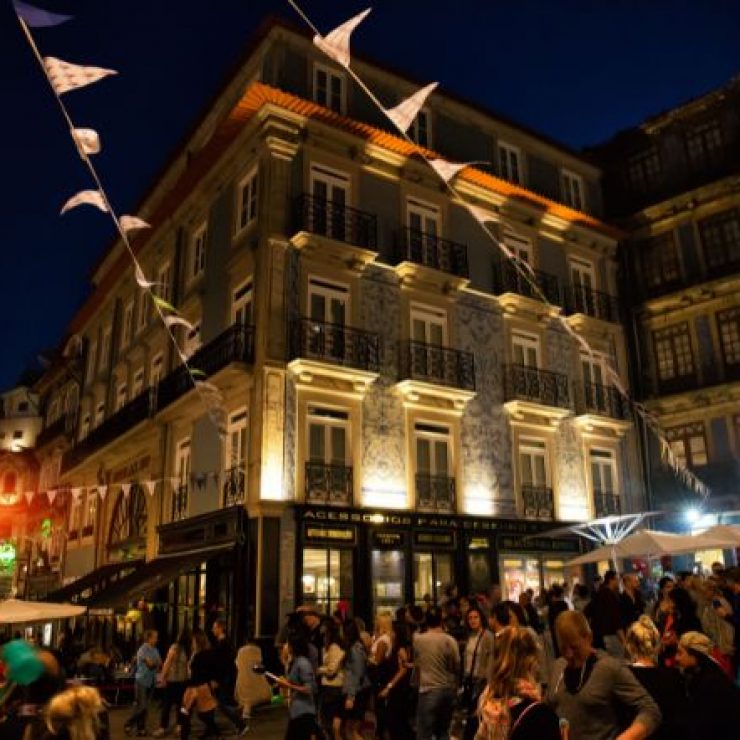The origin
The history of Araújo & Sobrinho is clearly present in the entire building of Porto A.S. 1829 Hotel. Each floor takes us on a journey through time, the same journey started by the family almost 200 years ago, which, having started by selling paper imported from England, quickly evolved into its own typography, bookbinding and carpentry workshops. This evolution, which culminates in the conquest of exclusive representations of major international brands, namely typewriters and other office equipment, is suggested to the Hotel visitor through the exhibition of a collection of furniture and objects belonging to the Papelaria estate, now dignified, valued and eternalized in this beautiful themed hotel.
The story floor by floor
Floor 0
Upon entering the Hotel, the dimension of enchantment continues as you find the beginning of the history of Araújo & Sobrinho on this floor. The reception retains original furniture from the estate, on its right you can see what is now Papelaria Aráujo & Sobrinho, with the exhibition of some objects from the estate on the horse’s furniture. Still in Papelaria, after the glass doors, you will find the statue of Santa Catarina das Flores that will allow you to contextualize Araújo & Sobrinho in terms of its privileged location in what was the commercial area par excellence of Porto.
To your left, is the Galeria do Largo Restaurant, formerly an Art Gallery, even if within a very limited time frame, given that artists often delivered their paintings in exchange for products they purchased at Papelaria and the latter displayed them for sale. It is here that the genealogical and historical dimension of the family is evident in the exhibition of paintings from the different generations of the family: these paintings are works by notable artists from the city of Porto, such as Sousa Pinto or António Carneiro, who used to go to Papelaria to acquire their materials. of paint.
Floor 1 to 4
From the first to the fourth floor, we have the private wings of the Hotel, where the rooms are located. On each floor, you can live and experience the various stages of Stationery through the Araújo & Sobrinho collection (furniture, paintings, various pieces), which can be demarcated in time.
The first floor [1829 to 1920] introduces us to the history of the Araújo & Sobrinho house with the presentation of its symbol – the seahorse, which remains present in the logo specially developed for Porto A.S. 1829 Hotel. On this first floor, the visitor has the first contact with what are the first images of the interior and exterior of Papelaria and its founders. There are also some original postcards from Araújo & Sobrinho that refer to other tourist and interesting points of interest in the city of Porto, such as Clérigos or Palácio da Bolsa.
The second floor [1920 to 1935] is marked by the expansion of the facilities with the opening of its own typography, relief work, bookbinding and carpentry workshops. Here we find photographs of the interior of the store and of the carpentry and typography installations, images of printers and even examples of miniature furniture that were transported by A.S. in pouches to the companies so that customers could place their orders and also various advertising illustrative of the time. Also present on this floor are images of the main brands of pens sold at Araújo e Sobrinho (Conklin’s, Waterman, Pelikan) and the unique “Concertos de Pens”.
With an extraordinary growth, the next step [1935 to 1945] was the acquisition of equipment, namely typewriters and other office equipment, such as Hèrmes Baby, Pátria and Underwood, some copies are located on the third floor. , properly contextualized with original advertising of the time. This golden period of opening of new branches is registered through photographs of the Clérigos branch and the famous “Guerra das Canetas” windows of the Eversharp brand.
The fourth and last floor [1950-1974] takes us back to the stationery area, in a particular period of the 25th of April, where it is possible to find a set of school materials and advertisements from A.S. in view of the return to school, which have references to the values of the Estado Novo, such as the Mocidade Portuguesa notebooks, and for an original copy of the newspaper dated April 25, 1974, present in one of the rooms on this floor, which allows to bridge the history of the employees of A.S. that moved by the values of the revolution concentrated in front of Papelaria to avoid its nationalization and still other stationery and painting materials.




